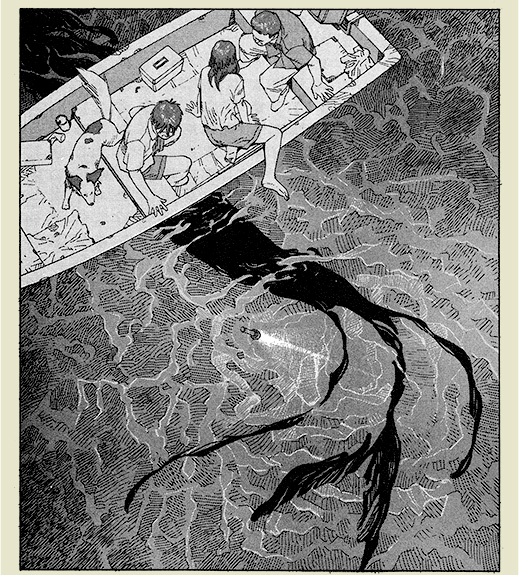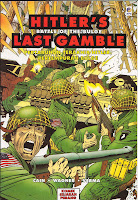TROPIC OF THE SEA
I’ve been a
fan of the late Satoshi Kon’s works for so many years. His animation movies.
This is the first time I read his comicbook, and for me it is a new experience.
In many ways Tropic of the Sea has the same spirit, tone and atmosphere as
Millenium Actress. And quite different compared to Perfect Blue or even
Paprika. Tropic of the Sea was his first long-form manga, released in 11
installments in Kodansha’s Young Magazine between March & June 1990.
Tropic of
the Sea focused on faith and loyalty to a trust given to the main characters.
Yosuke, a teen age boy, was trusted to take care of a ‘mermaid’s egg’ at his
father’s shrine. The mermaid’s egg was originally trusted in the hands of
Yosuke’s grandfather some 60 years ago, and he promised to look after it since
that day. His son (Yosuke’s father) never believed the myth, though Yosuke’s
late mother believed and adored mermaid-myths. The grandfather never disclosed
the truth: did he meet a mermaid 60 years ago? Who or how exactly he found this
mermaid’s egg? What will happen if he abandon the trust?
Then the
initial mystery was reminded again: was mermaid a myth or what? Did it really
matter if it existed or not?
I really
like with what Satoshi Kon did. It was as if he aksed us to question ourselves:
Do we still hold the legacy our elders/ ancestors trusted to us, no matter if
we still hold the values or not? As time goes by, will we choose to lose our past?
Will we embrace new values and forget the old?

The only
weakness in this book is the English translation. I don’t speak Japanese, but
the English text is not easy to follow. Lack of emotion, if I must say. Confusing
in some places. Many times I have to re-read the panel, or the whole page, to
understand the dialogues. I’m familiar with manga (japanese comics) format.
Read from back to front, from right panel to left panel, from top row to lower
row, and just follow the balloon texts. I shouldn’t meet technical problems
reading manga.
In the last
pages, there is an afterword from Satoshi Kon. Excerpted from the Bijutsu
Shuppan’s 1999 edition.


Komentar
Posting Komentar